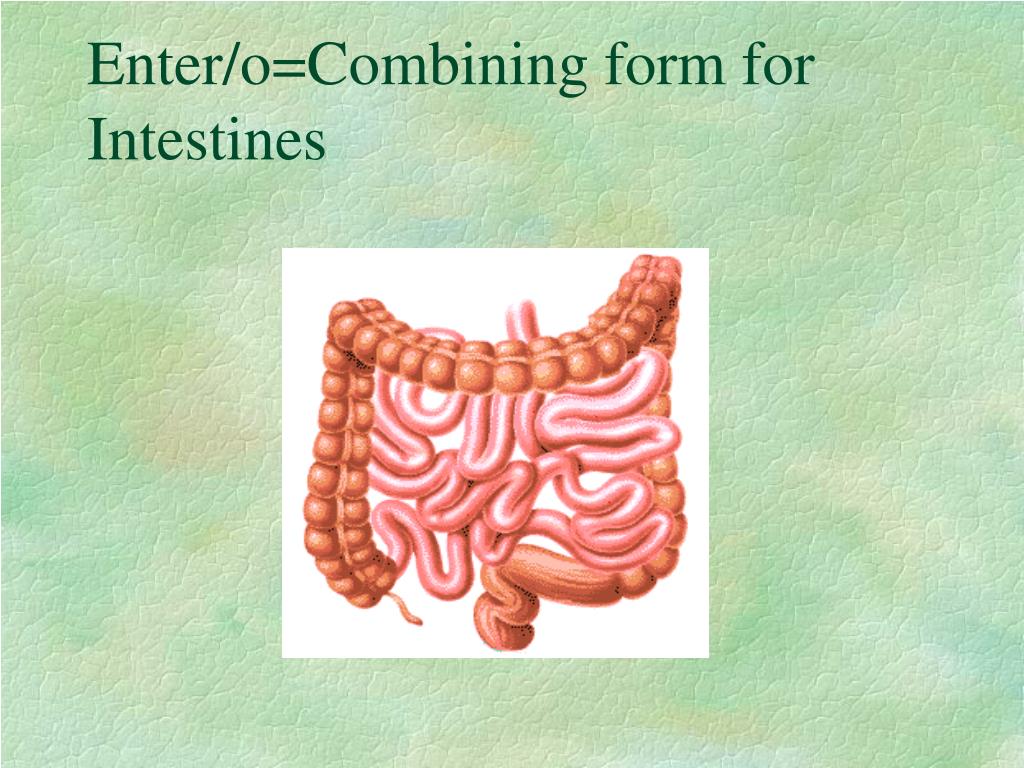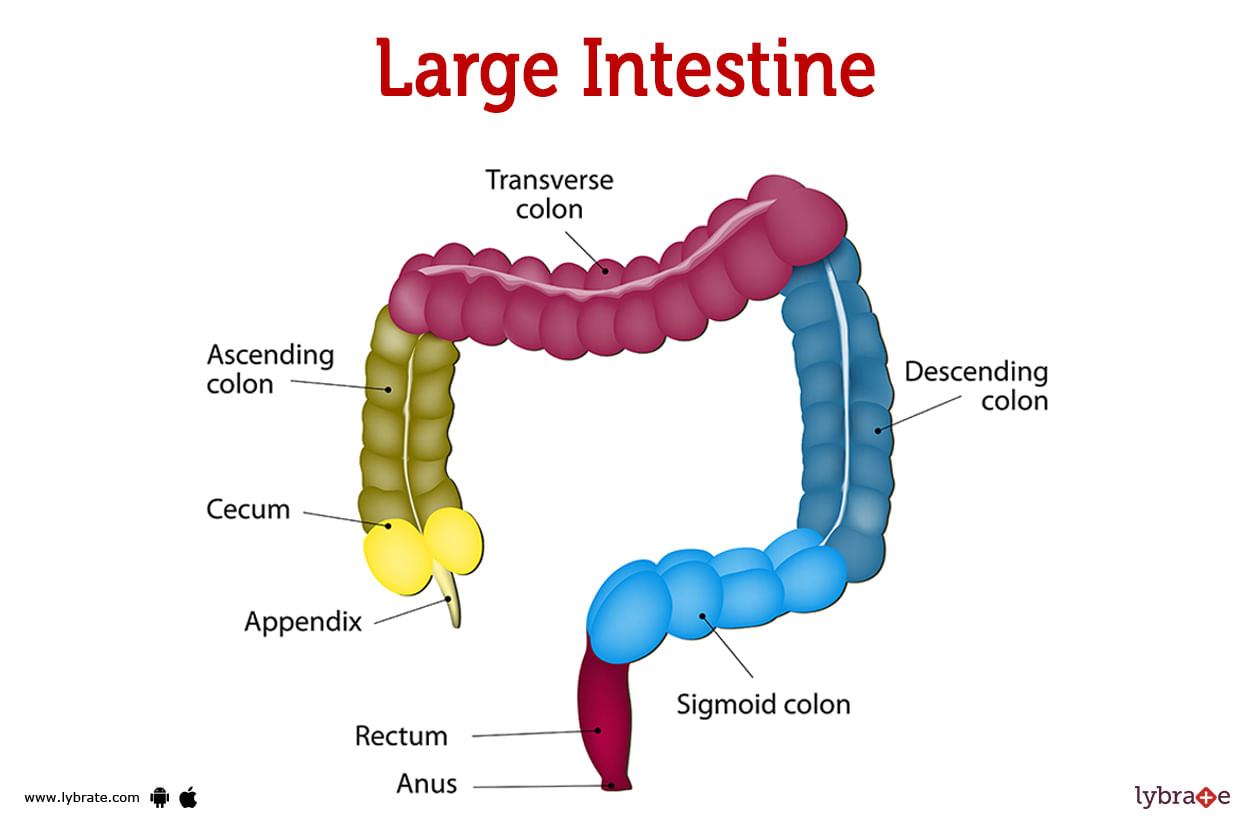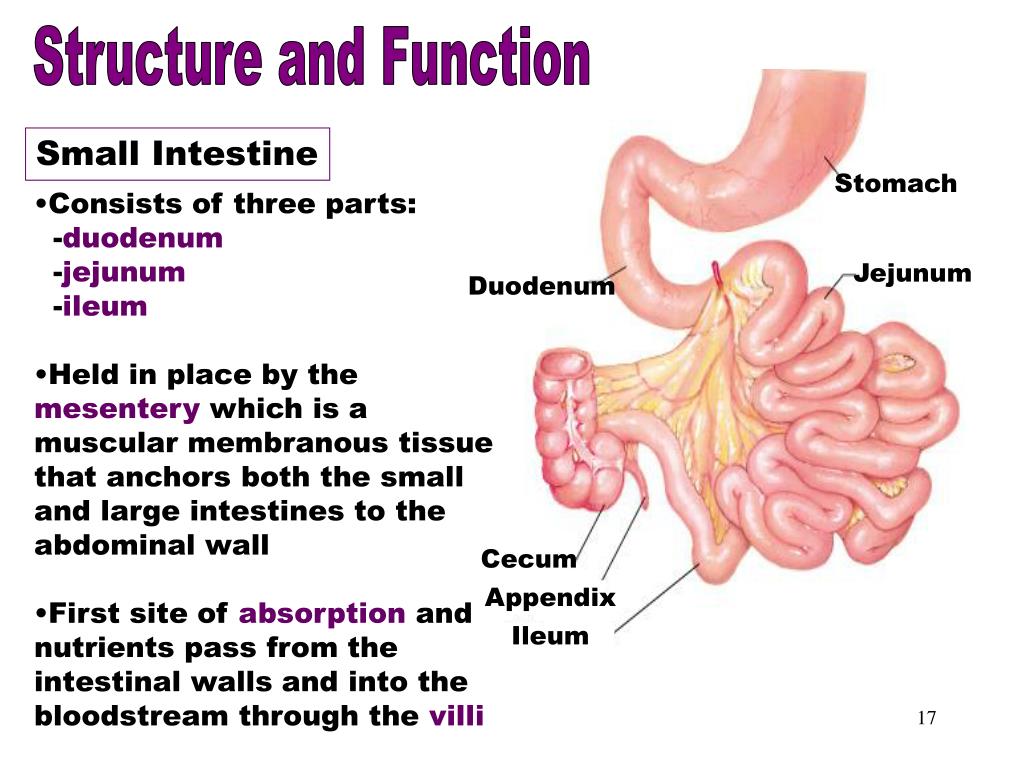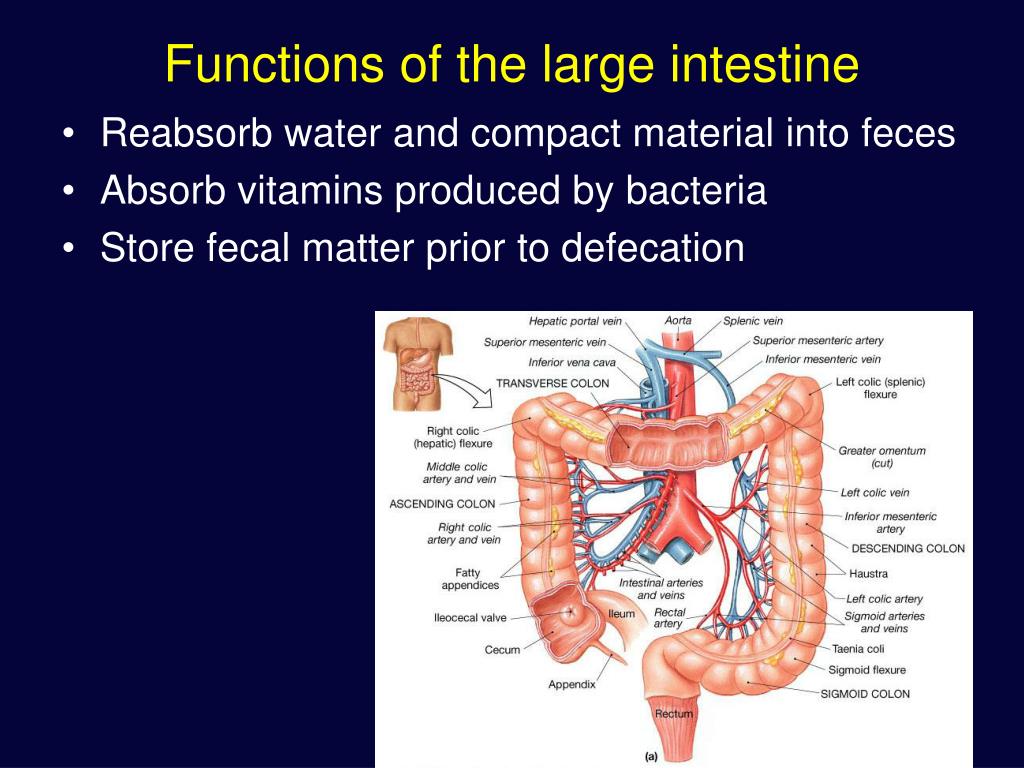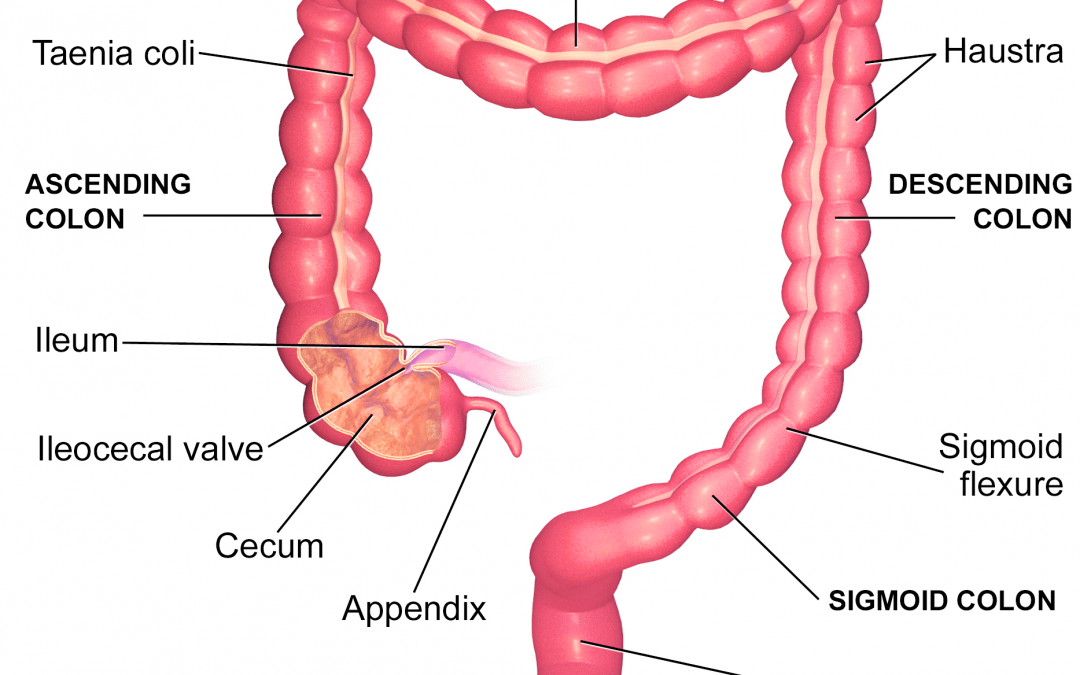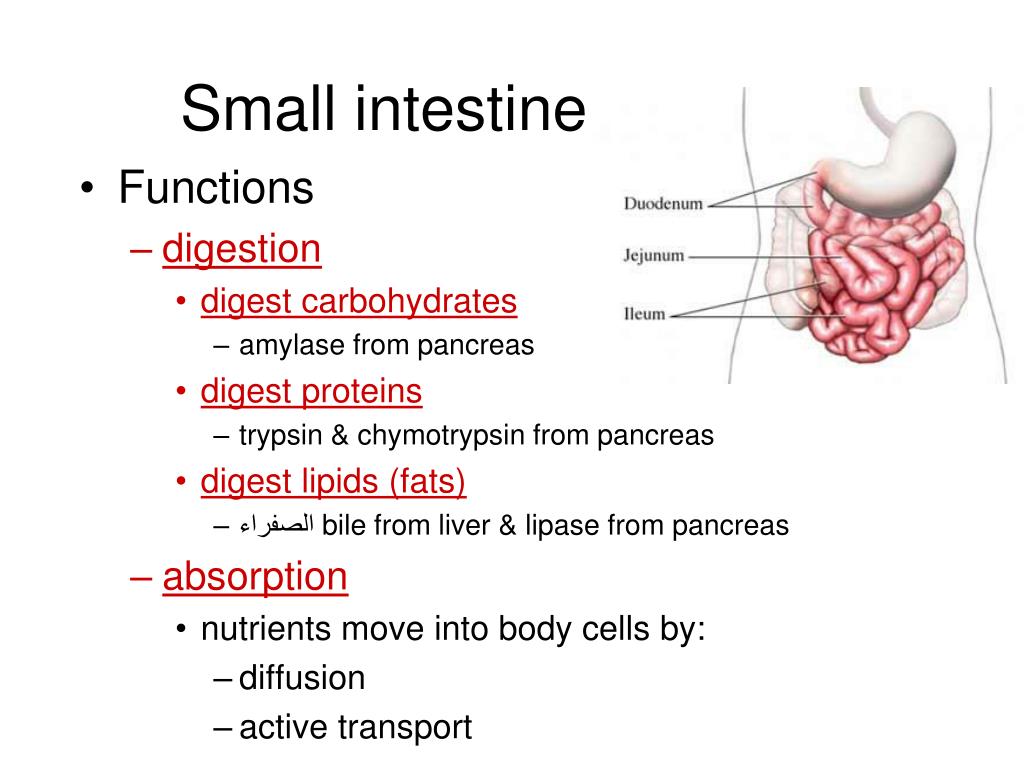Combining Form For The First Part Of The Large Intestine
.jpg)
Imagine a bustling medical conference, the air thick with anticipation and the low hum of passionate discourse. Researchers huddle, poring over diagrams of the human digestive system, specifically the often-overlooked yet vital first segment of the large intestine. A breakthrough, whispered through the crowd, hints at a new understanding, a simplified way to refer to this crucial anatomical feature.
The quest for a universally accepted combining form for the first part of the large intestine, commonly known as the cecum, has finally yielded promising results. This advancement promises to streamline medical communication, enhance clarity in research, and improve patient education. The new consensus aims to replace a variety of existing terms, fostering a more unified and understandable language within the medical field.
The Cecum: A Vital Start
The cecum, derived from the Latin word "caecus" meaning blind, marks the beginning of the large intestine. It's a pouch-like structure that receives digested material from the ileum, the last part of the small intestine. This is where the journey of waste consolidation and water absorption begins, playing a pivotal role in digestive health.
Attached to the cecum is the vermiform appendix, a small, finger-like projection that has long been a source of both fascination and frustration for medical professionals. While its exact function remains somewhat debated, its potential for inflammation and infection (appendicitis) makes it a well-known anatomical landmark.
The Problem of Terminology
Historically, the lack of a single, widely accepted combining form for cecum has led to inconsistencies in medical writing and communication. Different sources, including textbooks, research papers, and clinical reports, have employed various prefixes, creating confusion and potential for misinterpretation. This ambiguity poses challenges for students, researchers, and clinicians alike.
Consider, for example, terms related to inflammation of the cecum. Depending on the source, one might encounter "cecal inflammation," " typhlitis" or other variations. This lack of standardization hinders the ability to quickly and accurately identify and understand specific conditions related to this crucial organ.
The Proposed Solution: Ceco-
After years of discussion and collaborative efforts, a leading coalition of anatomists, gastroenterologists, and medical linguists is advocating for the adoption of "ceco-" as the standard combining form for cecum. This proposal, backed by data analysis showing its existing usage and overall clarity, is gaining momentum within the medical community.
Professor Amelia Hernandez, a renowned anatomist at the National Institutes of Health, explains, "Ceco- is concise, readily understood, and avoids the pitfalls of some of the more complex or ambiguous alternatives. Its adoption would represent a significant step towards improved communication in our field."
Benefits of Standardization
The implications of adopting ceco- as the standard are far-reaching. Standardized terminology would reduce ambiguity and improve accuracy in medical records. This is beneficial for all parties involved.
Clearer terminology can aid in diagnosing illnesses and choosing appropriate treatment. It can also help physicians be more accurate. This translates to enhanced patient safety and better healthcare outcomes.
For medical students, a unified approach to anatomical terminology streamlines the learning process, reducing the cognitive load and allowing them to focus on understanding the underlying physiology and pathology. For researchers, standardized language facilitates the sharing of data and the replication of studies, ultimately accelerating the pace of medical discovery.
Examples in Practice
With the adoption of ceco-, existing terms would be updated and new terms created with greater consistency. For instance, instead of multiple variations for inflammation of the cecum, "ceco-inflammation" could become the standard. Similarly, a ceco-colic anastomosis would clearly denote a surgical connection between the cecum and the colon.
The term "cecostomy," referring to the surgical creation of an opening into the cecum, is already in use and aligns perfectly with the proposed standard. This provides a familiar foundation upon which to build a more comprehensive and consistent vocabulary.
Challenges and Future Directions
While the push for ceco- is gaining traction, challenges remain. Widespread adoption requires a concerted effort to update textbooks, revise medical coding systems, and educate healthcare professionals. Resistance to change, a common phenomenon in any field, may also present an obstacle.
However, the benefits of standardization outweigh the challenges. The coalition advocating for ceco- is actively engaging with medical organizations, publishers, and educational institutions to promote its adoption. They are also developing educational materials and online resources to facilitate the transition.
Dr. Kenji Tanaka, a gastroenterologist at the Mayo Clinic and a vocal proponent of the initiative, emphasizes the importance of collaboration: "This is a collective effort that requires the support of the entire medical community. By working together, we can create a more unified and understandable language that benefits everyone."
A Step Towards Clarity
The movement toward adopting ceco- as the standard combining form for cecum represents more than just a linguistic adjustment. It signifies a commitment to clarity, accuracy, and improved communication within the medical field. This seemingly small change has the potential to ripple outwards, enhancing patient care, advancing research, and fostering a deeper understanding of the human body.
As the medical community embraces this new standard, we can look forward to a future where the language of medicine is more precise, accessible, and ultimately, more effective in serving the needs of both practitioners and patients. It is a testament to the power of collaboration and the pursuit of clarity in a field dedicated to understanding the complexities of human health.
